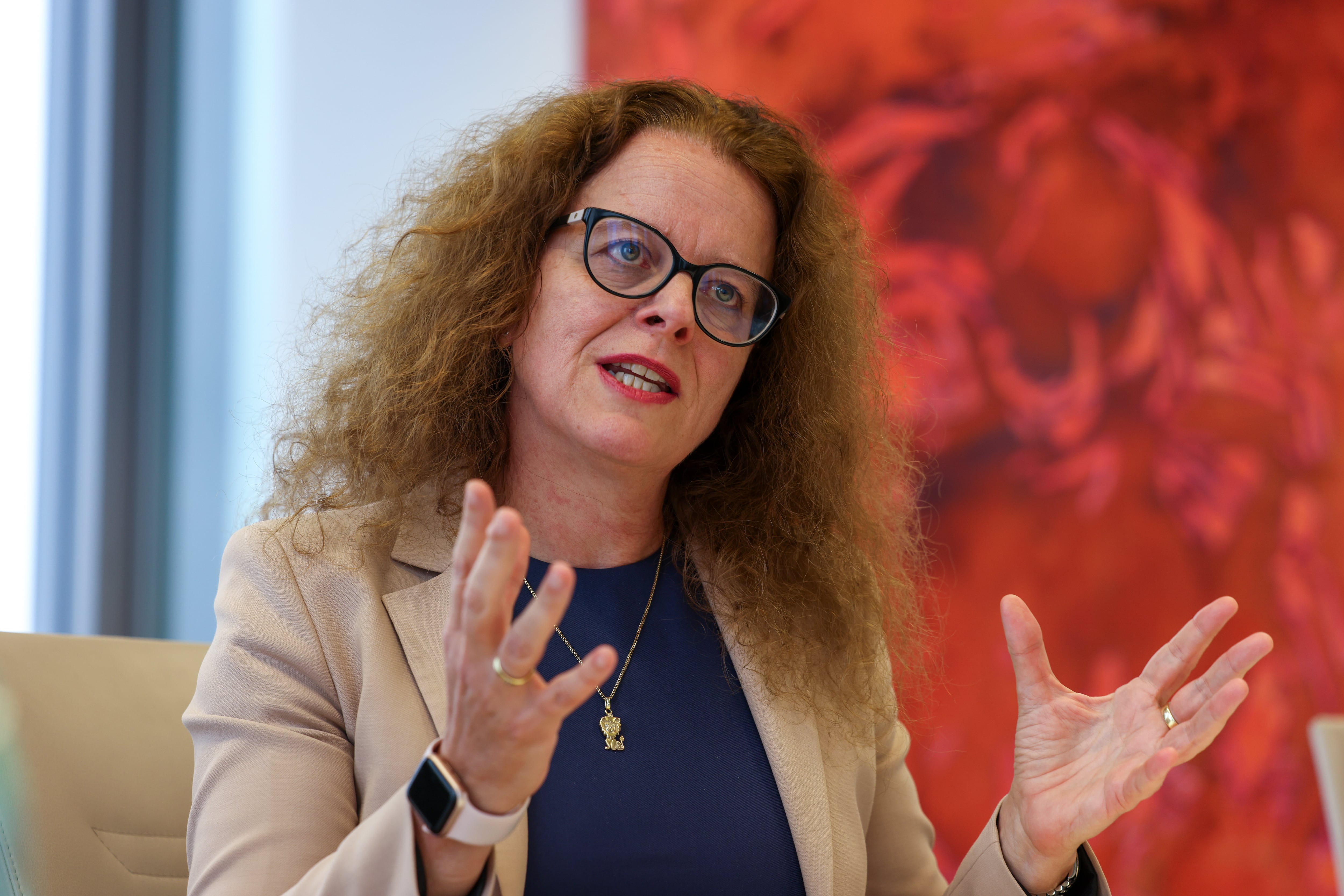Built in 1702, the Bridge Tavern in Wicklow still stands beside the bridge connecting the town to the harbour, over the Vartry river. By the early 1800s, Wicklow was an important port and the tavern was run by James and Anne Halpin.
The Halpins had 13 children, three of whom became ships’ masters. James’s older brother George modernised much of Dublin Port and is considered the “father” of our lighthouse service, renovating 15 lighthouses and constructing a further 53 around our coasts.
Robert Halpin, James and Anne’s youngest, left home in March 1847 at the height of the Great Famine and, at just 11, joined the crew of a Canadian lumber cargo ship. His father died the following October. By 22, Robert was a captain on shipping routes from Liverpool to India and South America. In June 1865, he was appointed first officer of the Great Eastern.
The Great Eastern had been launched in 1858 for the UK to Australia route, the first ship ever with a double-skinned hull, and with accommodation for up to 3,000 people. She proved uneconomical, however, as a passenger ship and, in 1864, was purchased cheaply at auction by a consortium of investors. They converted her into a telegraph cable-laying ship, renting her out to telegraph companies and being paid in shares rather than cash, so riding the bull market for information traffic.
READ MORE
The first transatlantic cable, connecting Trinity Bay Newfoundland to Valentia island, had been laid in 1858. The quality and transmission speed were poor, however. It took 16 hours to confirm a 98-word message from Britain’s Queen Victoria to US president James Buchanan. Within a month, the cable completely failed having being subject to over-voltage.
In July 1866, under its new owners, the Great Eastern successfully laid an improved cable from Valentia to Heart’s Content, Newfoundland. The following month, Robert Halpin navigated back mid-ocean to where a prior attempt had failed the previous year, successfully grappling the broken cable at a four-kilometre depth and then repairing it.
Cable breaks can occur worldwide due to natural events, such as seabed earthquakes and sediment flows. Satellite technology, having lower transmission capacities and higher latencies, does not yet provide an acceptable alternative
Halpin subsequently became captain of the Great Eastern. Under his command, a further north transatlantic cable and a south transatlantic cable from Madeira to Brazil were laid, and then cables connecting the Middle East, India, Malaysia, Singapore, Australia and New Zealand. He built Tinakilly House just outside Rathnew in 1876 as his home.
Today, the majority of north transatlantic data cables from Europe to the US pass through the waters of the Irish exclusive economic zone, which extends up to 370km from our coastline. The growth in data centres in Ireland has been catalysed by some of these cables. As well as cables for public internet and telephony, there are numerous privately operated cables, including those used by Google/Alphabet, Facebook/Meta and Microsoft.
Cable breaks can occur worldwide due to natural events, such as seabed earthquakes and sediment flows. Satellite technology, having lower transmission capacities and higher latencies, does not yet provide an acceptable alternative.
Recently, actual or suspected sabotage of subsea cables has risen as an issue. Last October, Finland and Estonia accused a Chinese ship of deliberately dragging an anchor to damage two Baltic seabed cables. In February, four cables in the Red Sea were disrupted, causing a 25 per cent capacity loss in the region, with Yemen rebels being accused.
This month a further four cables off the west coast of Africa were broken, with Ivory Coast, Benin and Liberia severely impacted. The cause is not yet clear.
With heightening international tensions, suspicions closer to home have been raised by Russian ships apparently mapping the routes of data cables across the Irish continental shelf. In December, the Irish Examiner reported that a Russian submarine, accompanied by a surface ship, had been detected directly south of Cork harbour just outside the territorial 22km limit and near undersea data cables.
A Royal Navy helicopter deployed a sonar buoy, and the submarine was tracked by a Royal Navy anti-submarine frigate.
With our diminished Naval Service and no sonar capability, what possibilities lie ahead to defend undersea cables in the Irish exclusive economic zone?
Should Ireland subcontract to foreign armed forces, offering payment or some other attractive quid pro quo? Does Ukraine’s example of low-cost jet-ski powered sea drones offer an interesting approach for both surveillance and potentially for lethal capability?
Likewise, various navies have trialled the low-cost dropping of sonar buoys and even torpedoes from modified quadcopters. Should Ireland impose a levy on subsea cable operators and data centres to help allay the costs of protection against sabotage? How would the Government respond if a private consortium of tech companies indicated that if the State is not prepared to protect their valuable undersea assets, then they will operate their own security capabilities in Irish waters?
The Valentia Transatlantic Cable Foundation celebrates the island’s role in transatlantic telegraphy. Next October, the foundation will debate these and related issues at a timely symposium on subsea cable security. Proposals for papers are invited by the end of April.
- Sign up for Business push alerts and have the best news, analysis and comment delivered directly to your phone
- Find The Irish Times on WhatsApp and stay up to date
- Our Inside Business podcast is published weekly – Find the latest episode here














